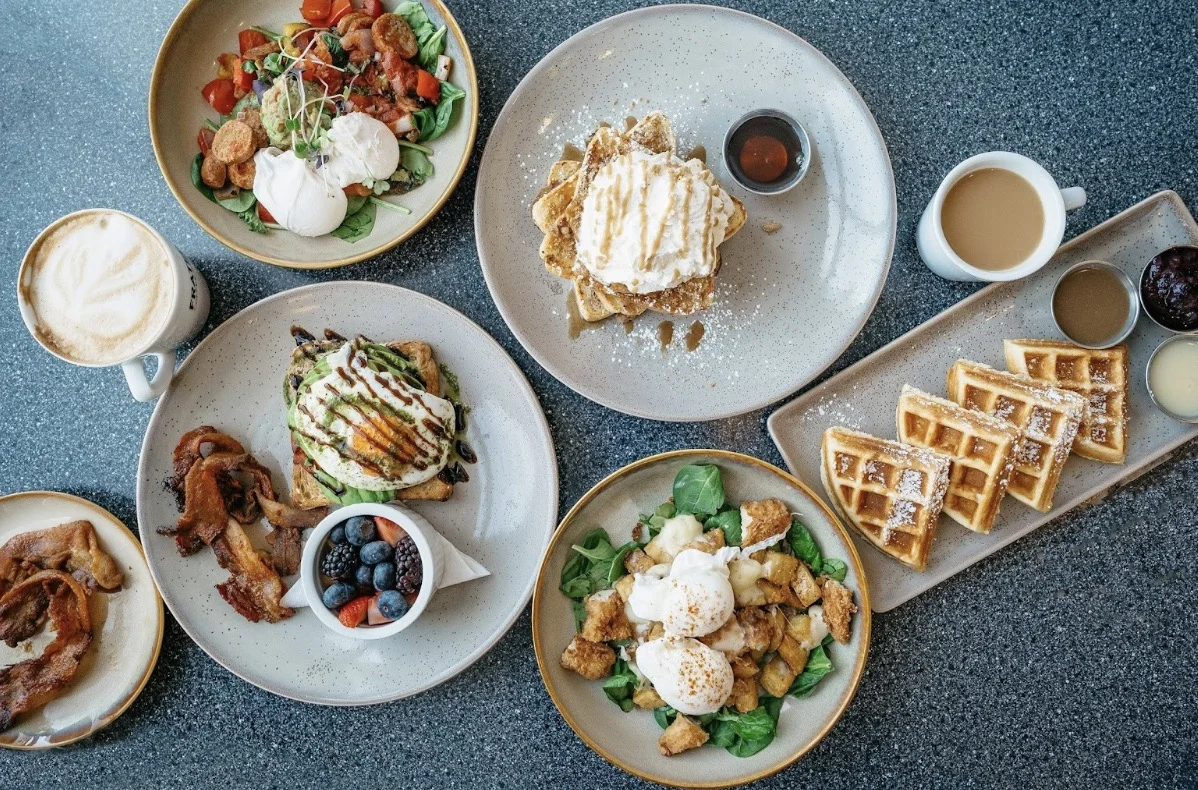Vietnamese food is a staple in many households for its cheap price tag, abundance of flavour and simplicity of cooking. Despite being an Asian country, Vietnamese cuisine is surprisingly not that complex. Vietnamese people have a saying that sums their food up perfectly: “rau ram den nho, chiên cua noi rang”. This means that authentic Vietnamese meals are made with herbs like rau ram and wild vegetables like nho (a stem similar to Chinese cabbage), and seafood like squid cooked in a simple way. The combination of these simple ingredients brings out the bold and strong flavours in the dish, distinguishing itself from other types of Asian cooking.
The do’s and don’ts of Vietnamese cooking are a bit different from American cooking. If you don’t want to read these dos and donts while making Viet soups, simply get your hands on Vietnamese soup at Roll’d Australia. In this article, you will learn how to correctly prepare your favourite Vietnamese staples and also avoid the most common mistakes that can ruin your dish.
Do keep a zip-lock bag for chillies frozen
Chili peppers can be kept in a zip-lock bag frozen for up to six months. I discovered this when I was living in Cincinnati, Ohio. Every summer, you’d hear the news reporting how more chillies were found on city streets that caused extreme pain to the gut. I thought, “well, they could think about freezing those suckers.” Some of us enjoy having cayenne peppers in our recipes but don’t always have time to go shopping or prepare them ahead of time.
DO NOT overdo your noodle buns
As with sticky rice and vermicelli noodles, noodle buns can be challenging to cook when first learning about the dish. This is especially true given that there are many different varieties of noodle buns, but also if you are in Vietnam as I was when making bun cha Hanoi, where the broth differs from other versions. If you do not know how to cook bun cha Hanoi, it’s quite simple. Start with rice noodles which should be cooked al-dente (Italian for “firm and chewy). Then, add some sauce (it could be sweet and spicy or just a spicy version) in a separate bowl before preparing the noodles. Then, when you want to use the noodles, start to boil them in hot water or use a microwave. When piping hot, put them into a bowl and then pour the sauce over it. Note that if you want to get adventurous with your cooking, you can add mushrooms with seasonings and maybe some steamed meat such as pork belly or chicken breast.
DO keep your tofu refrigerated
I had been containing my tofu in the fridge for a few months, but I never thought about changing it daily, just topping it up. A video I recently saw on the subject reminded me to do this, and now it seems odd that I didn’t always refrigerate my tofu. For some reason, I thought that as long as you changed the water regularly, it was fine. But of course, this isn’t true. You need to sterilize your storage container every day to be safe.






